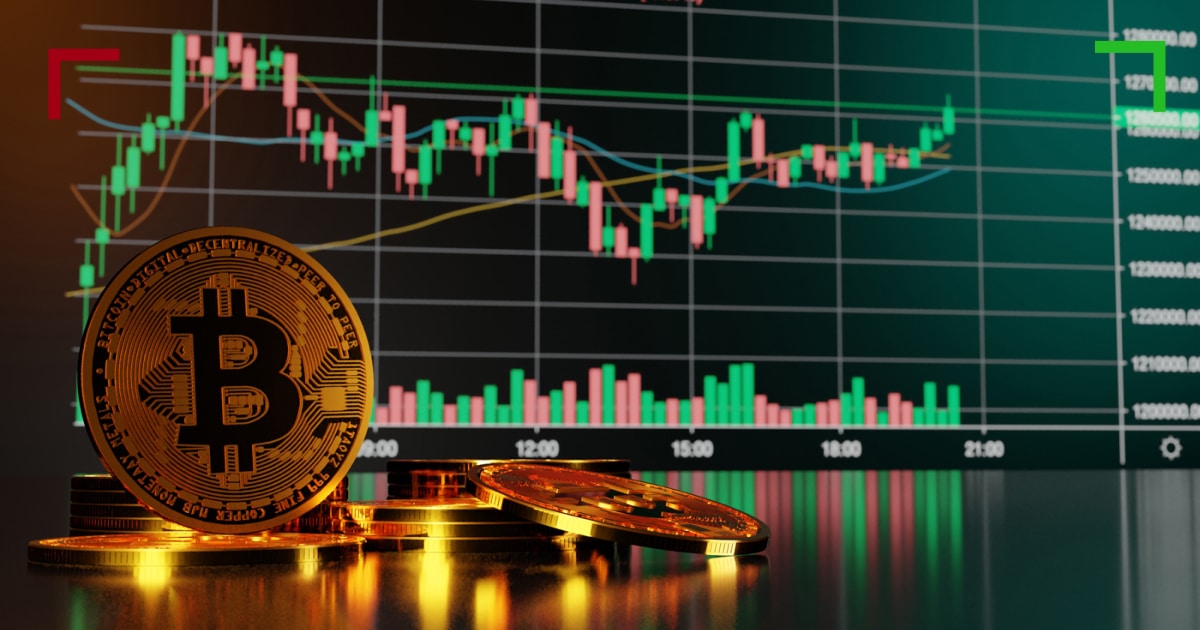
Unlocking Potential: The Future of Crypto Trading Automation
In the dynamic world of cryptocurrency, where prices can soar and plummet within minutes, traders are constantly seeking ways to gain an edge over the market. One of the most promising advancements in this arena is Crypto Trading Automation click here. Automated trading systems utilize algorithms and predefined strategies to execute trades on behalf of investors, allowing them to capitalize on market opportunities even when they are not actively monitoring price movements.
Understanding Crypto Trading Automation
At its core, crypto trading automation involves the use of software and algorithms to perform trading activities with minimal human intervention. These automated systems monitor market conditions, execute trades based on predefined rules, and can react faster than any human trader could. This technology has gained traction in recent years as more investors recognize the potential benefits it offers.
Key Benefits
- 24/7 Market Access: Cryptocurrencies trade around the clock, and automated systems can operate continuously, allowing traders to seize opportunities at any time.
- Emotion-Free Trading: One of the biggest challenges in trading is managing emotions. Automated systems follow set algorithms, reducing the risk of impulsive decisions based on fear or greed.
- Improved Accuracy: Automated trading can analyze vast amounts of data quickly, identifying patterns and trends that may not be obvious to human traders.
- Backtesting Capabilities: Many automated trading platforms allow users to backtest their strategies against historical data before risking real capital.
Types of Crypto Trading Automation
There are various types of automated trading strategies that traders can utilize, each catering to different trading styles and risk appetites. Here are some common types:
1. Algorithmic Trading
This involves the use of algorithms to determine the best time to buy or sell a cryptocurrency based on market data. Algorithmic trading can enable high-frequency trades and capitalize on small price discrepancies.
2. Arbitrage Trading
Arbitrage trading takes advantage of price differences across different exchanges. Automated systems can quickly buy a cryptocurrency on one exchange and sell it on another, profiting from the difference.
3. Trend Following
Trend-following strategies aim to capture gains by identifying the direction of market trends. Automated systems can enter and exit trades based on technical indicators that signal potential trend reversals.
4. Market Making
Market-making strategies involve providing liquidity to the market by placing buy and sell orders. Automated systems can execute these trades rapidly, earning a profit from the spread between the bid and ask prices.
Choosing the Right Automation Tools
With the increasing popularity of crypto trading automation, a plethora of tools and platforms have emerged. Here are some factors to consider when selecting the right automation tool for your needs:

1. User Interface
A user-friendly interface is essential, especially for those who may not be well-versed in trading or programming. Look for platforms that offer intuitive dashboards and easy navigation.
2. Customization Options
Different traders have different strategies. Ensure that the platform you choose allows for customization of trading algorithms and parameters to suit your unique approach.
3. Security Features
Given the volatile nature of the cryptocurrency market, security is paramount. Look for platforms with robust security measures, including two-factor authentication and cold storage of funds.
4. Backtesting Capabilities
The ability to test your strategies against historical data is crucial. Choose a platform that offers effective backtesting tools, enabling you to refine your strategies before going live.
Common Challenges in Crypto Trading Automation
While there are many advantages to automated trading, there are also challenges that traders should be aware of:
1. Market Volatility
The cryptocurrency market is notoriously volatile, and automated systems may not always react appropriately to sudden market shifts. Traders should continuously monitor their strategies and make adjustments as needed.
2. Dependence on Technology
Automated trading relies heavily on technology, and system failures or bugs can lead to significant losses. It’s essential to have contingency plans in place and to use reputable platforms.
3. Lack of Adaptability
Automated systems can struggle to adapt to unforeseen market conditions or news events. Traders should be prepared to intervene manually or to adjust their strategies accordingly.
The Future of Crypto Trading Automation
As technology continues to evolve, the future of crypto trading automation looks promising. Advancements in artificial intelligence (AI) and machine learning (ML) are expected to enhance the capabilities of automated trading systems, allowing them to analyze data and execute trades with even greater precision.
Furthermore, the integration of decentralized finance (DeFi) protocols into automated trading platforms may open new avenues for liquidity and efficiency in trading. As regulatory frameworks around cryptocurrencies develop, we may also see increased adoption of automation tools among traditional financial institutions.
Conclusion
Crypto trading automation presents an exciting opportunity for traders looking to optimize their strategies and capitalize on the fast-paced nature of the cryptocurrency markets. While there are challenges to navigate, the benefits of automated trading are significant. By leveraging the right tools and maintaining an awareness of changing market dynamics, traders can effectively harness the power of automation to augment their trading success.
